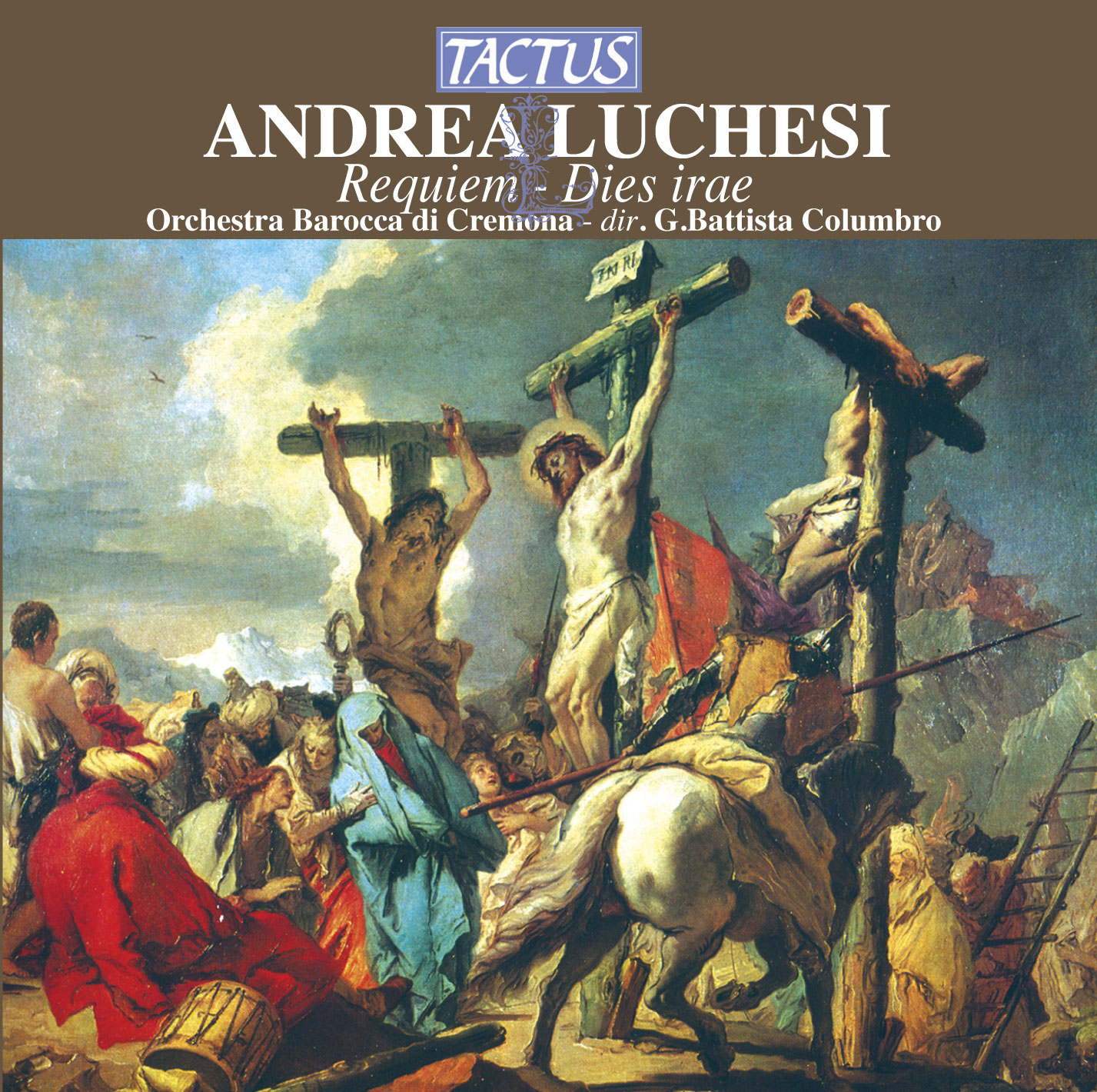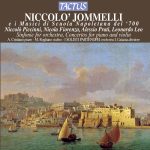LUCHESI ANDREA
Perhaps more than any other musician living in northern Italy in the 18th century, Andrea Luchesi received the finest musical and cultural education, thanks to a series of teachers who included some of the greatest composers and pedagogues of the period: Valentino Cocchi, celebrated Neapolitan opera composer; Giuseppe Saratelli, maestro di cappella at St. Mark’s in Venice; Padre Paolucci, the favorite pupil of the renowned Padre Martini; Padre Vallotti, the most important musical theorist in 18th-century Italy; and Baldassarre Galuppi. Already a professional musician at the age of twenty (he was born in 1741), Luchesi was employed at numerous churches, Venetian theaters, and above all at the celebrated Ospedali degl’Incurabili.
In 1771, his fame in the city earned him a commission from the Venetian government to compose a Requiem Mass to commemorate the death of the Spanish ambassador to Venice, the Count of Montealegre; the work was opulently performed at the State funeral in the church of San Geremia. Luchesi worked for many years in the cities of the Veneto, including Verona and Padua, where he collaborated with Padre Vallotti at the Basilica del Santo and created musical compositions of great beauty.
At the age of 30, thanks to the intuition of Count Durazzo, he was invited by the prince and archbishop Max Friedrich to Bonn, the most important Catholic chapel in Germany, where he held the highest musical post: that of Kapellmeister for life, succeeding the not terribly brilliant Ludwig van Beethoven Sr. (grandfather of the great master).
Luchesi settled in this German city for the last 30 years of his life, where he was respected and considered one of the greatest composers and pedagogues of his day. He died in 1801 and his numerous extraordinary pupils included the more famous Ludwig van Beethoven (for the last 12 years).
Luchesi composed a great deal of music in every style: symphonies, chamber music, sacred works and operas. While theatrical works rarely ventured beyond their homelands, those by Luchesi were performed in many European cities including Milan, Vienna, Prague, Bonn, Stockholm and even distant Portugal.Where, then, is this music from Luchesi’s German period? Our Italian composer was obligated to leave his works unsigned: might they have been attributed to more fortunate authors?
International events in the second half of the 18th century, both political and economic, have prevented Luchesi from shining—or even appearing—in textbooks.
Happily, certain documents and chronicles of the time have allowed him to rightly take his place among the greats. Today, one need only consider the music written before his departure for Bonn in order to cast away any perplexities or uncertainties: this repertoire alone stands as a towering and complete musical edifice which affirms him as an eminent figure, superior to many of his contemporaries.
For more than 200 years, Luchesi’s name has continued to be excluded from the biographies of Mozart, Haydn and Beethoven, as well as from encyclopedias and music history books. It is our duty to redeliver to Italian history and culture an artist who not only nurtured great affection for his homeland and its traditions, but was also a veritable beacon to us Italians.
Fortunately, information in our possession now allows us to shout the praises of a great figure in Italian music who has been “silenced”. Moreover, this same information is capable of transforming the history of music, as Torrefranca predicted in the 1930s…
Tracklist
Lucchesi, Andrea
La Passione di Gesu Cristo: Sinfonia in C Minor
1 - La Passione di Gesu Cristo: Sinfonia in C Minor (5:12)
Requiem
2 - Requiem (4:21)
3 - Kyrie (4:45)
Dies irae
4 - Dies irae (4:23)
5 - Quantus tremor (2:42)
6 - Tuba mirum (3:43)
7 - Mors stupebit (1:15)
8 - Liber scriptus (2:26)
9 - Judex ergo-recitativo (6:15)
10 - Rex tremendae Majestatis (4:38)
11 - Juste judex (1:06)
12 - Ingemisco (4:45)
13 - Qui Mariam (2:41)
14 - Oro supplex (6:53)
15 - Lacrimosa (3:40)
- Composer: LUCHESI ANDREA
- Performers: Soprano: Nadia Mantelli, Alto: Alessandra Vavasori; Tenore: Emanuele D’Aguanno, Basso: Francesco Azzolini; Piccoli Cantori di Brianza diretti da Flora Anna Spreafico; Flauti: Laura Santanchè, Andrea Ortu, Oboi: Pietro Giudice, Alberto Ponchio; Fagotti: Paolo Tognon, Oscar Meana, Corni: Gabriele Rocchetti, Francesco Meucci; Trombe: Tranquillo Forza, Alberto Frugoni, Timpani: Didier Bellon; Violini: Maurizio Cadossi I violino, Claudia Piccinini, Eliseo Baldizzi, Denis Zannani, Riccardo Bellini, Lorenzo Tagliazucchi, Erica Scherl, Carlo D’Alessandro; Viole: Alberto Simonetti, Guido De Vecchi, Violoncelli: Fausto Solci, Gioele Gusberti; Contrabbasso: Antonio Bonatti, Organo: Alessandro Meneghello
- Historical Period: Classicism
- Code: TC 741201
- Edition: March 2005
- Barcode: 8007194103250
- Set: 1
- Total tracks: 15
- Total duration: 00:58:45






